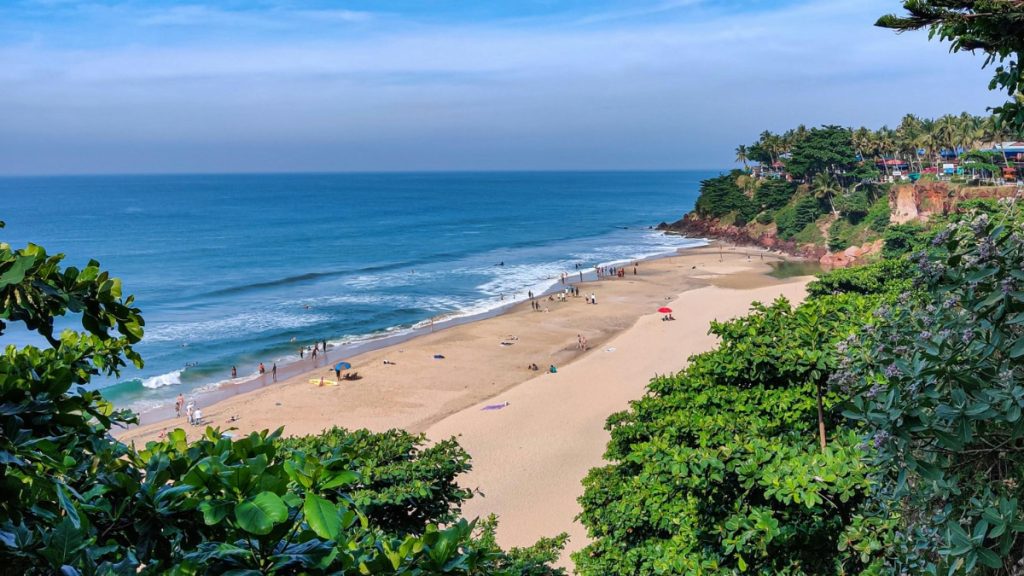Why Visit South India After the Monsoon?
The monsoon season transforms South India into a lush, vibrant landscape filled with rejuvenated rivers, waterfalls, and greenery. Post-monsoon is the perfect time to explore this region as the weather is pleasant and the natural beauty is at its peak.
1. Coorg, Karnataka – The Scotland of India
Known for its sprawling coffee plantations, Coorg offers cool climate, misty hills, and stunning waterfalls like Abbey and Iruppu. After monsoon, the forests are dense and wildlife sightings increase, making it a haven for nature lovers and trekkers.
2. Munnar, Kerala – A Tea Lover’s Paradise
The hills of Munnar come alive with lush tea gardens and clear streams after the rains. The weather is perfect for trekking, exploring Eravikulam National Park, or enjoying panoramic views from the Top Station viewpoint.
3. Wayanad, Kerala – Rich in Biodiversity
Wayanad’s dense forests and spice plantations look enchanting post-monsoon. Attractions like Edakkal Caves, Soochipara Falls, and Pookode Lake offer diverse experiences for travelers, along with ample opportunities for adventure activities.
4. Ooty, Tamil Nadu – The Queen of Hills
Ooty’s botanical gardens, lakes, and Nilgiri hills are refreshed and picturesque after the rains. The cool weather invites visitors to enjoy boating, trekking, and the famous Nilgiri Mountain Railway ride.
5. Hampi, Karnataka – A UNESCO World Heritage Site
Post-monsoon is an ideal time to explore the ancient ruins of Hampi, as the rain-washed stones and lush surroundings enhance the historical ambiance. The Tungabhadra River is full, adding charm to this archaeological treasure.
Travel Tips for Post-Monsoon Trips
Visitors should pack light woolens for the cooler evenings and carry waterproof gear as occasional showers may occur. Early bookings are advisable since this season attracts many tourists eager to experience South India’s renewed beauty.
Trivia & Quiz Highlights
- Coorg is famously called the \”Scotland of India\” due to its rolling hills and climate.
- Munnar is home to the endangered Nilgiri Tahr, a mountain goat species.
- Hampi’s ruins date back to the Vijayanagara Empire, thriving in the 14th–16th centuries.
- Ooty’s Nilgiri Mountain Railway is a UNESCO World Heritage Site.
- Wayanad is known for spice cultivation, including pepper and cardamom.
Conclusion
South India after the monsoon season offers travelers a mix of natural beauty, historical richness, and cultural experiences. Whether it’s hill stations, waterfalls, or ancient sites, the region promises unforgettable memories amidst refreshing landscapes.
Source: Abp News

